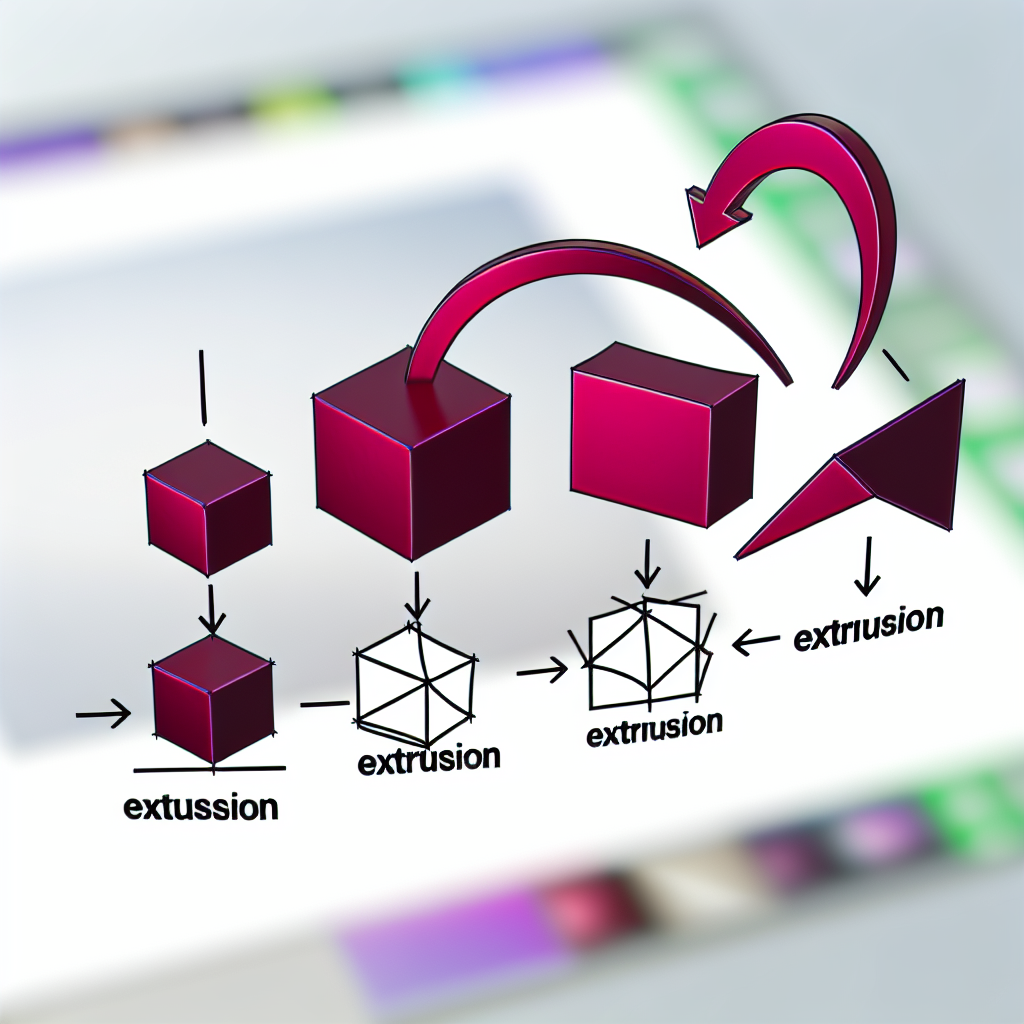Extruding a surface into a solid along a curved line or circle is a common challenge in 3D modeling and CAD design, especially when aiming for complex, organic shapes. This process involves transforming 2D profiles into 3D geometries with curved paths, demanding specialized techniques and understanding. In this article, we explore the possibilities and methods to achieve such extrusions effectively.
Understanding the Basics of Surface Extrusion and Curved Paths
In traditional CAD and 3D modeling, extrusion typically involves extending a 2D shape along a straight line to create a 3D object. However, when the goal is to extrude along a *curved line* or a *circular path*, the process becomes more complex. The key challenge is to maintain the profile’s orientation and shape integrity while following a non-linear trajectory.
Many modern CAD software solutions, such as SolidWorks, Fusion 360, and Rhino, support **path-based extrusions** or **sweeps**, which allow a 2D profile to be extruded along a curved path. To achieve this, you’ll need to define both the profile and the path carefully, ensuring they are compatible and properly aligned.
For a circular or curved path, the process often involves creating a *revolved* solid or utilizing *sweep* features that follow the curve precisely. These techniques enable the designer to generate complex shapes, like pipes, ducts, or organic forms, that are impossible with straight extrusions alone.
Techniques and Best Practices for Extruding Surfaces into Solids Along Curves or Circles
To successfully extrude a surface into a solid along a curved line or circle, consider the following techniques:
- Sweep Operations: Use the **Sweep** tool to follow a defined path with a cross-sectional profile. Ensure that the profile is correctly oriented at the start to prevent twisting or deformation durante the extrusion.
- Revolve Features: When the path is a circle, and the profile is symmetrical around an axis, **revolve** operations can generate solid objects by rotating the profile around a central axis. This approach is ideal for symmetrical circular extrusions.
- Guided Extrusions: Employ **guide curves** to control how the profile sweeps along the path, maintaining shape fidelity and smooth transitions along the curve.
- Using Surface and Solid Modeling in tandem: Start with surface creation along the path and then convert or solidify these surfaces through appropriate commands, ensuring a seamless transition from surface to solid.
It’s also crucial to consider **advanced techniques**, such as using **deformation tools** or **blend surfaces** to refine the shape, especially in intricate or organic designs requiring precise control along complex curved paths.
Conclusion
Extruding a surface into a solid along curved lines or circles is a versatile process that combines tools like sweep, revolve, and guided extrusions within modern CAD programs. Mastery of these techniques allows designers to create sophisticated, organic, and functional shapes that follow complex trajectories. With careful planning and understanding of the available features, you can unlock numerous creative possibilities in 3D modeling, making your designs both innovative and precise.
